Post details


Welcome to the first episode of 🔥Hotfix🔥! Breaking Change's first show-within-a-show, wherein I let somebody else talk for once. Each episode will show up as a…
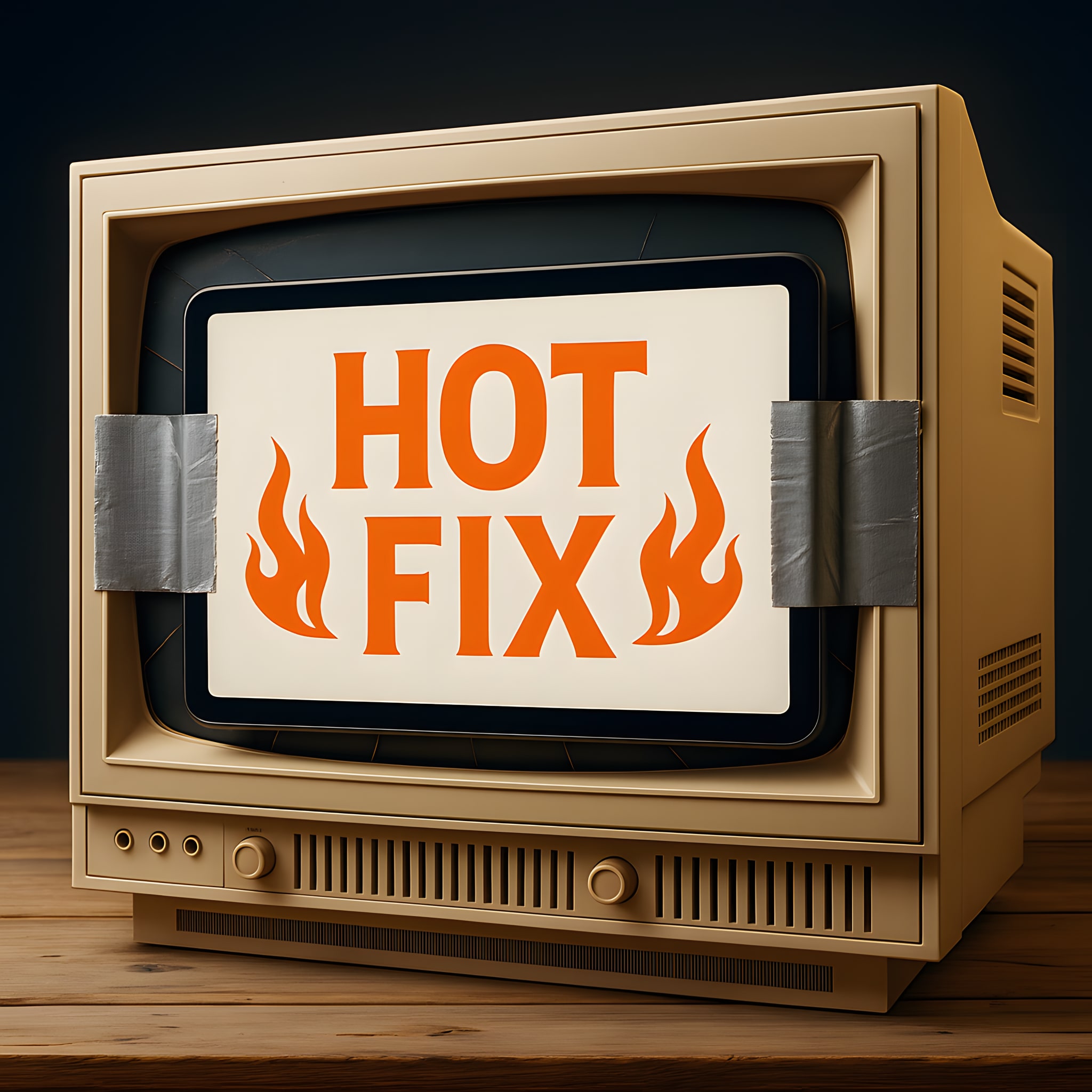
Go 1.24.5 and Go 1.23.11 are releasedGo 1.25 Release Candidate 2 is released🇿🇦 GopherCon South Africa, Aug 6-7 OnlineGo Blog: Generic Interfaces by Axel WagnerProposals🪵 New: log/slog: add multiple handlers support for logger👉 New: spec: expression to create pointer to simple typesVideo: 10...

Abi Noda from DX is back to share some cold, hard data on just how productive AI coding tools are actually making developers. Teaser: the productivity increase isn't as high as we expected. We also discuss Jevons paradox, AI agents as extensions of humans, which tools are winning in the enterprise, how development budg...
We talk with Don MacKinnon, Co-founder and CTO of Searchcraft—a lightspeed search engine built in Rust. We dig into the future of search, how it blends vector embeddings with classic ranking, and what it takes to build developer-friendly, production-grade search from the ground up.
vscode-go v0.48.0 released with golangci-lint v2 supportgolangci-lint v2 showcase and interview with Ldez, episode 104LookPath bug: incorrect expansion of "" and "." in some PATH configurations🛠️ Proposal: cmd/fix: remove all functionalityUnexpected security footguns in Go's parsers by Vasco...

Thorsten Ball returned to Sourcegraph to work on Amp because he believes being able to talk to an alien intelligence that edits your code changes everything. On this episode, Thorsten joins us to discuss exactly how coding agents work, recent advancements in AI tooling, Amp's uniqueness in a sea of competitors, the div...
Whether you're talking to another person, talking to a computer, or just talking to yourself, we use languages every day. For a long time now, there's been a debate about whether natural languages and programming languages are distinct from each other. The creation of large language models and...
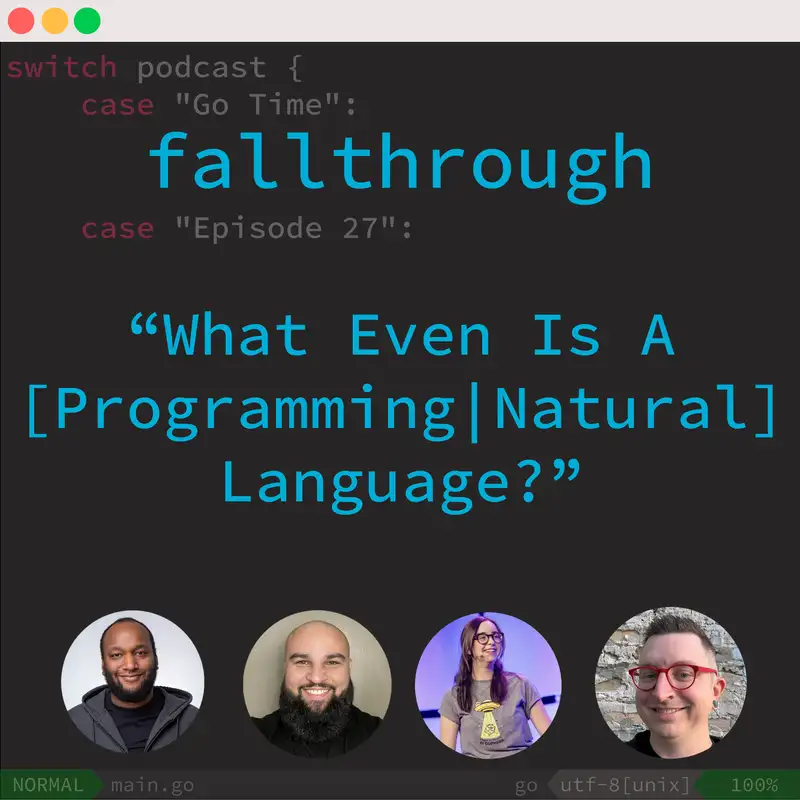
In episode 27, the panel discussed what languages are, what it means to know things, and what meaning is. In this bonus episode, we extend that conversation to discuss how language affects the tech...
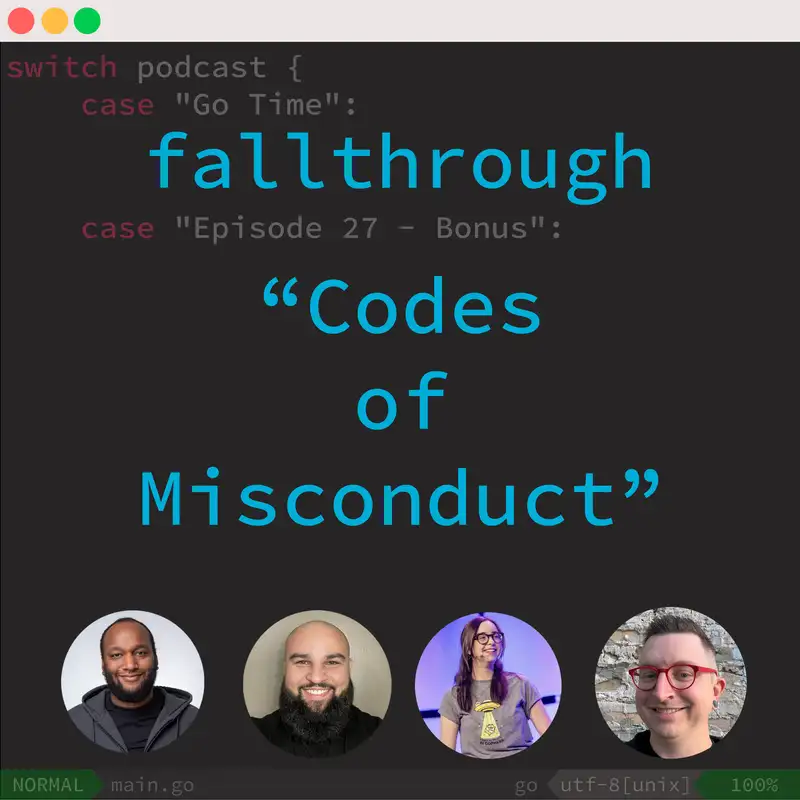
<p>Ted Danson and Jeff Bridges have deep ties! In this episode they get into Jeff’s harrowing experience in the hospital, the music in “Crazy Heart,” how Jeff was practically made to play The Dude in “The Big Lebowski,” how he initially struck out with his now wife, and his starring role in the Hulu thriller “The Old Man.” Bonus: Jeff and Ted ponder the mysteries of marriage. </p><p> </p><p>Like watching your podcasts? Visit <a href="http://youtube.com/teamcoco">http://youtube.com/teamcoco</a> to see full episodes.</p>

<p>Ted Danson can’t help but grin in anticipation whenever he sees the very funny actor and comedian Fred Armisen. Fred talks to Ted about his experience of learning his true ancestry on Finding Your Roots, his showbiz start in Blue Man Group, going from drumming in bands to performing on Saturday Night Live, and more. </p><p>To help those affected by the Southern California wildfires, make a donation to World Central Kitchen today.</p><p>Like watching your podcasts? Visit <a href="http://youtube.com/teamcoco">http://youtube.com/teamcoco</a> to see full episodes. </p>


In this episode we talk about Wordware, programming with LLMs, and what it now means to be a developer. Robert and Filip explain how they're building tools that...

Our old friend Chris McCord, creator of Elixir's Phoenix framework, tells us all about his new remote AI runtime for building Phoenix apps. Along the way, we vibe code one of my silly app ideas, calculate all the money we're going to spend on these tools, and get existential about what it all means.
Chris Anderson joins the show. You may recognize Chris from the early days of CouchDB and Couchbase. Back when the world was just waking up to NoSQL, Chris was at the center of it all, shaping how developers think about data distribution and offline-first architecture. These days, Chris is working on Vibes.diy and Fir...
ngrok Go SDK v2 released🚁 Go 1.25 interactive tour by Anton ZhiyanovJSON evolution in Go: from v1 to v2 by Anton Zhiyanov📘 Free eBook: Data Serialization in Go by Jonathan HallJSON BenchmarksLightning Round🐍 charm FangYouTube short: CoPilot API is written in Go⌨️ Typst: Compose text fasterJeremy...

This week on The Business of Open Source, I spoke with Nick Veenhof, Director of Contributor Success at GitLab. GitLab has probably the most well-articulated open source strategy out there, and we talked about the two main prongs of that strategy, the co-create strategy and the dual flywheel...
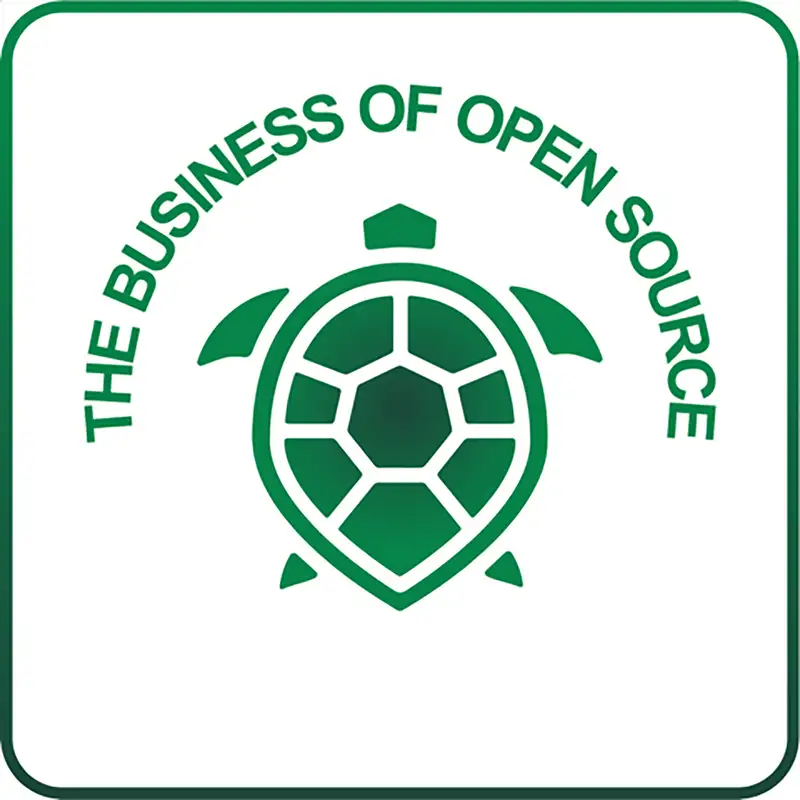
Listen to Still Panicking: How to Pass your Theory Test from Nobody Panic. Still Panicking: Stevie has been smashing it in the latest series of Taskmaster. To celebrate, this week we look back at some practical How-Tos to help guide you through tasks of your own.Stevie recently passed and has many thoughts. Tessa passed a couple of decades ago before there was an app. If you’ve been putting off booking your theory test because you’re worried about failing, or have it looming in a few weeks, this is the episode for you.Recorded and edited by Aniya Das for Plosive.Photos by Marco Vittur, jingle by David Dobson.
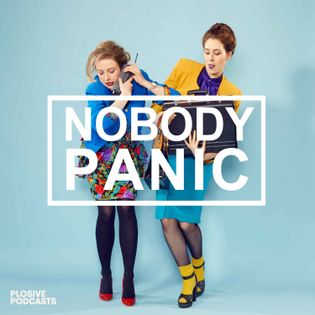
Tony Holdstock-Brown is the CEO and founder of Inngest, a tool to run AI and backend workflows at scale.This episode is brought to you by WorkOS. If you're thin...

This week on The Business of Open Source I talked with Alya Abbott, COO of Zulip, about managing community contributors. This is a hot topic for open source companies — and for that matter, open source projects in general, including those that aren’t being monetized in any way. It’s a bit of a...

Go 1.25rc1 releasedOpinion: Go should be more opinionated by Elton MinettoBlog: HTTP QUERY and Go by Kevin McDonaldInterview with Redowan DelowarBlog post: You probably don't need a DI frameworkBlogFx dependency injection framework for GoBlog: How I program with agents

Jerod tells Adam about how bad he hates the taste of Gin, sips on some Generative A Rye (on the rocks), they open the comments section for a bit, and then land the plane talking about being alone, naked, and afraid.
In this episode, Abi Noda speaks with Gilad Turbahn, Head of Developer Productivity, and Amy Yuan, Director of Engineering at Snowflake, about how their team builds and sustains operational excellence. They break down the practices and principles that guide their work—from creating two-way...
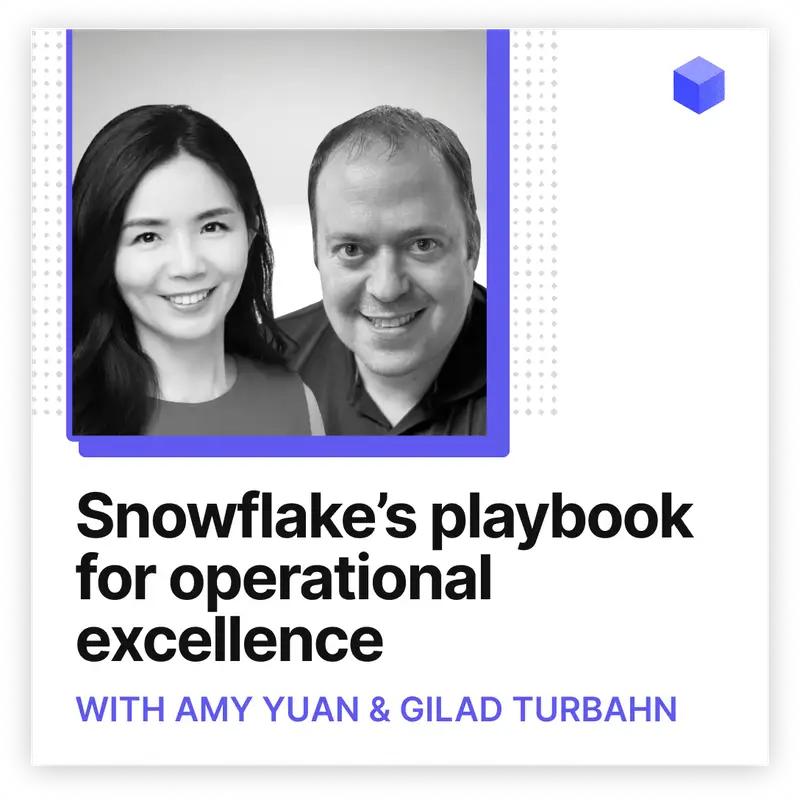
I'm joined by Philippe Ombredanne, creator of the Package URL (PURL), to discuss the surprisingly complex and messy problem of simply identifying open source software packages. We dive into how PURLs provide a universal, common-sense standard that is becoming essential for the future of SBOMs and securing the software supply chain. The show notes and blog post for this episode can be found at
